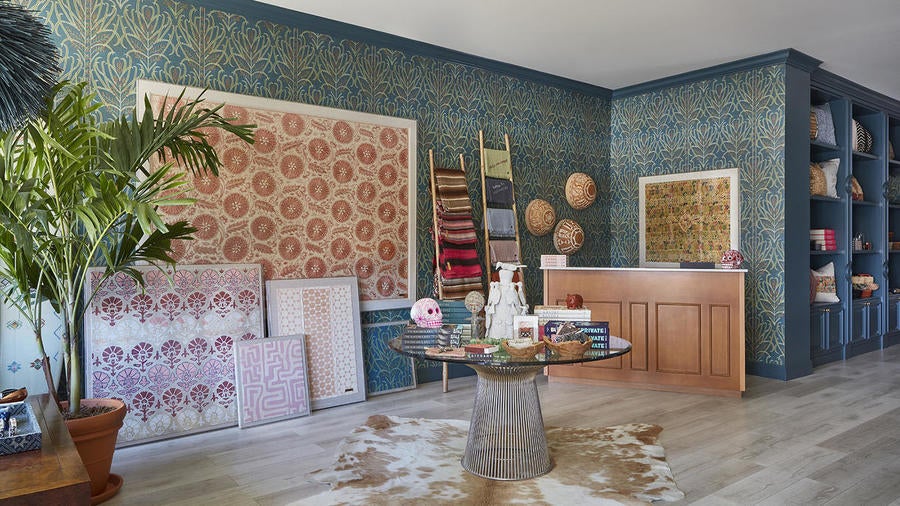Admit it: You’ve got entrepreneur fever. You’ve always had a great idea for a business kicking around in the back of your head, maybe something that could transform the industry, or at least turn a tidy profit—if only you had the money to get it off the ground. Before you start playing chicken with your credit limit, check out the list below. We took a look at the various ways design world entrepreneurs are getting funded, how they work and what to watch out for.
Bootstrapping
Ahhh, “bootstrapping,” that catchall euphemism for “doing it yourself.” Most businesses go through a bootstrapping phase in their early days, and some never leave it. Though cobbling together a company out of spare time and dollars is stressful, it inspires a kind of creativity that often eludes cash-rich enterprises. Former food writers Amanda Hesser and Merrill Stubbs launched their now crazy-popular site Food52 using the advance from a contract to write a cookbook. Rachel Cohen of tabletop startup Snowe hosted a pop-up showroom—in her own apartment. Though going it alone is difficult, it’s the only surefire way to maintain control of your idea. If you do it all, you own it all.
The hard part: Everything. But especially the speed—bootstrapping tends to be slow going.


BOH subscribers and BOH Insiders.










































